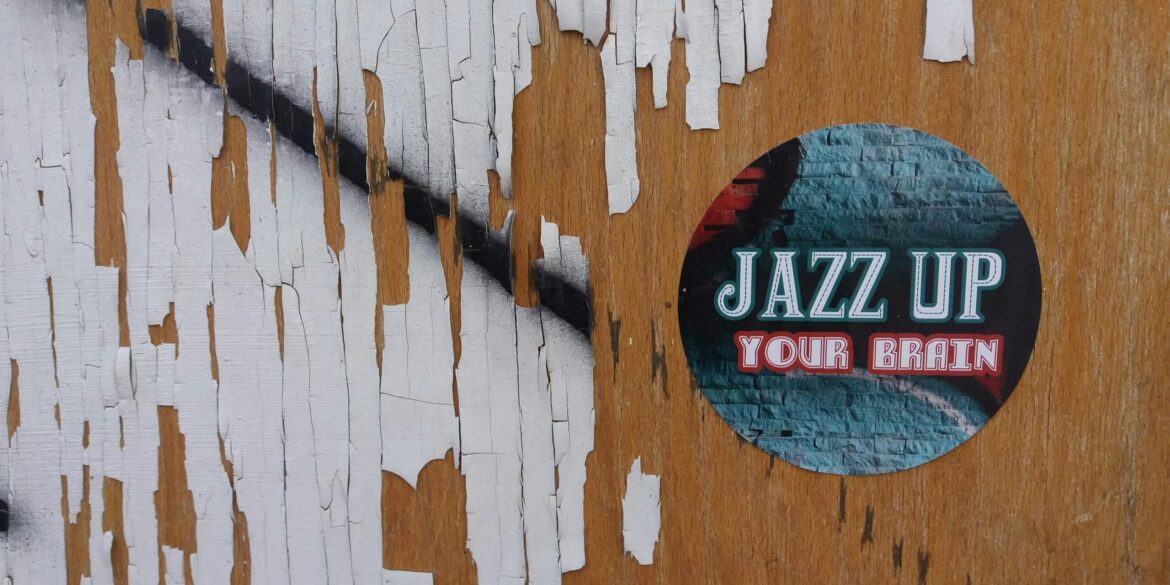The Southern California Jazz Festival, a cornerstone event in the region’s cultural calendar, has made its grand return for 2025, running from May 20 through May 30. Spanning multiple venues across downtown Los Angeles, the festival showcases an exciting blend of legendary jazz icons and burgeoning local talent. This year’s edition is notable not only for its high-profile lineup but also for its pronounced emphasis on community engagement, educational outreach, and celebrating the rich multicultural roots of Southern California’s jazz heritage.
A Star-Studded Lineup Anchored in Tradition and Innovation
The festival’s marquee names include jazz luminaries such as Herbie Hancock and Esperanza Spalding, artists whose contributions to the genre have been both profound and far-reaching. Herbie Hancock, a 14-time Grammy Award winner and NEA Jazz Master, has been a key figure in jazz fusion and experimentation for over six decades. Esperanza Spalding, a younger icon and multiple Grammy winner, represents a new generation of jazz musicians blending genres and pushing artistic boundaries.
Complementing these headliners is an impressive roster of emerging Southern California artists. These young musicians bring fresh energy and innovative approaches, ensuring the festival is not only a tribute to jazz’s storied past but also a platform for its future. Notable among them are the up-and-coming saxophonist Jordan Sandke and vocalist Alina Sanchez, whose performances at last year’s festival were widely praised.
Venues That Celebrate Music and Community
The festival’s events are hosted at iconic venues such as the Walt Disney Concert Hall, a masterpiece of architecture and acoustics, providing an unparalleled setting for jazz concerts. The Los Angeles Convention Center offers larger capacity spaces for headline performances, while neighborhood parks and plazas host free outdoor concerts, underscoring the festival’s commitment to accessibility.
These free events serve as cultural touchstones for local communities, drawing residents who might not otherwise attend formal concerts. Last year’s park concerts attracted thousands, and organizers anticipate similar or larger crowds this year.
Commitment to Education and Youth Engagement
A defining feature of the 2025 festival is its robust educational programming. Partnering closely with the Los Angeles Unified School District (LAUSD) and community music organizations like the Thelonious Monk Institute of Jazz, the festival offers masterclasses, mentorship sessions, and instrument clinics throughout its run.
High school and college students participate actively, many benefiting from scholarships funded by festival sponsors. These programs are designed to nurture young talent, provide pathways into the professional jazz world, and inspire lifelong engagement with music. Maria Lopez, the festival director, highlighted the importance of these initiatives: “Investing in our youth is vital. Jazz is a living art form, and these educational efforts ensure its vibrancy for generations to come.”
Celebrating Southern California’s Multicultural Jazz Heritage
The festival consciously reflects the diverse cultural influences that have shaped Southern California’s music scene. Jazz in the region has deep roots in Latinx, African American, and Asian American communities, each contributing unique rhythms, styles, and narratives.
This multicultural celebration extends beyond music. Food vendors feature Latin American, African, and Asian cuisines, creating a vibrant culinary experience. Art installations and cultural exhibits around the venues showcase the histories and contributions of these communities, making the festival a broader celebration of identity and heritage.
Economic and Social Impact
The Southern California Jazz Festival has become a significant economic driver for downtown Los Angeles and surrounding neighborhoods. Last year, the event drew over 60,000 visitors, injecting millions of dollars into the local economy through tourism, hospitality, and retail.
This year, organizers expect attendance to surpass 65,000, bolstered by expanded programming and greater outreach efforts. City officials have shown strong support, providing additional funding to enhance the festival’s accessibility features, including improved transportation options and accommodations for disabled attendees.
Community Voices and Audience Reception
Festival-goers and jazz enthusiasts have taken to social media to express excitement and share highlights. The Esperanza Spalding Quartet’s evening performance has been especially anticipated, with fans praising the group’s dynamic interplay and emotional depth.
A special tribute set honoring jazz legends from California, including the late saxophonist Dexter Gordon and pianist Gerald Wilson, received widespread acclaim, offering a poignant reflection on the state’s rich jazz legacy.
Local businesses have also reported increased activity, attributing part of the boost to the festival’s ability to attract diverse audiences. Many see the event as a model for blending artistic excellence with community uplift.
Jazz Festival’s Role in the Larger Cultural Landscape
The Southern California Jazz Festival stands as a vital institution within Los Angeles’s broader arts ecosystem. It complements other major cultural events such as the LA Film Festival and the Getty Museum’s programming, reinforcing the city’s reputation as a hub for creativity and innovation.
Importantly, the festival offers a sense of connection and shared experience amidst the sprawling urban environment. Jazz, with its improvisational spirit and deep emotional resonance, serves as a unifying force across different communities.
Looking Ahead: Sustaining Growth and Inclusion
Festival organizers plan to build on the momentum of the 2025 edition, with discussions underway about expanding venue locations into neighboring cities like Long Beach and Pasadena. Further integration of technology, such as live-streamed performances and virtual masterclasses, aims to reach audiences beyond Southern California.
Inclusivity remains a core value. Future programming will continue to emphasize accessibility, diversity in artist selection, and community-driven initiatives, ensuring the festival remains relevant and welcoming.

